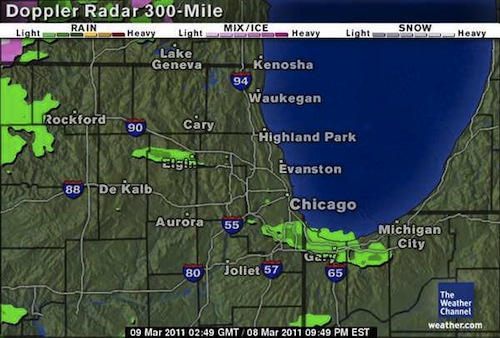

A house sustained some roof damage and power lines were downed in the area. Several barns were also damaged or destroyed in Blaine County. The tornado caused widespread tree damage with trees downed or uprooted across the area.

The tornado crossed into Canadian County at 6:38 PM CST, 11.8 miles west-northwest of Calumet. Highways 270/281 at 6:37 PM CST, two miles north-northwest of Geary. The newly-formed circulation center moved slightly south of due east, and crossed U. Due to continuity of the parent mesocyclone circulation and the continuous damage path, these circulation centers are considered to be sub-vortices within the same tornado, and not separate tornadoes. A peak instantaneous wind gust was measured by the DOW team at 81 m/s (157 knots, or 181 mph) at a height of 6.5 meters above ground level (AGL) in the mesocyclone circulation just north of Geary at 6:36 PM CST.įour miles northwest of Geary, several smaller-scale vortices developed around the initial circulation center - one of which became the dominant circulation and formed about a half a mile south of the original center at 6:32 PM CST. The center of the tornadic circulation initially moved east-southeast, approaching American Horse Road around 6:24 PM CST, about 6 to 7 miles west-northwest of Geary, and then turned to the east-northeast.ĭamage occurred over a wide swath to the right of the center of circulation, and was the combined result of the tornado and damaging winds from the very strong mesocyclone within which it was embedded. This tornado also was obscured by rain for much of its life cycle, but was documented at close range by Doppler on Wheels (DOW) research scientists. The second tornado of this storm began 3 miles northeast of American Horse Lake, or 9 miles west-northwest of Geary. It appeared to weaken/dissipate as it crossed Highway 54 about 6.5 miles south-southeast of Thomas, where several power poles were snapped. The tornado was wrapped in rain for much of its existence. This tornado began 4.5 miles south of Thomas, and touched down intermittently as it moved east-southeast. The first 10 tornadoes during the event occurred in the NWS Norman county warning area in Blaine, Canadian, Custer, Kingfisher, Lincoln, Logan and Oklahoma Counties.

Note: All 16 tornadoes that occurred during the afternoon and evening of May 29th and the early morning of May 30th in Oklahoma were produced by the same parent supercell thunderstorm. NWS Norman Product and Event Chronology for May 29, 2004ĩ WNW Geary - 2.5 N Geary - 9.2 NNW Calumet (11 W Okarche)ġ0.3 WNW Edmond - 7.1 NW Edmond (just N of Council/NW 206 - just E of Portland/Sorghum Mill) Numerous reports of tornadoes were received from the region, including the states of Kansas, Missouri, Nebraska, and South Dakota as depicted in the Storm Prediction Center's preliminary storm reports map for May 29-30, 2004.Ī summary of each tornado generated by this supercell thunderstorm can be found within the Tornado Data tab. The supercell that traversed Oklahoma was part of a larger outbreak of severe weather that occurred On May 29-30, 2004, in the central Great Plains. It took a track similar to, and just north of the track taken by another cyclic supercell that had occurred slightly more than a year earlier on May 9, 2003. The supercell produced 10 tornadoes in NWS Norman area and another 6 tornadoes in the NWS Tulsa area in northeastern Oklahoma. The supercell would move through northeastern Oklahoma, including the Tulsa metropolitan area, before dissipating just east of the Arkansas state line in Delaware County during the early morning hours of May 30, 2004. The storm continued to produce large hail, high winds, and/or tornadoes through northern Lincoln and southern Payne counties before moving into Creek County and leaving the NWS Norman area of responsibility by 11:30 PM CDT (10:30 PM CST). The supercell tracked through Custer, southern Blaine, northern Canadian, southern Kingfisher, northern Oklahoma, and southern Logan counties, just skirting the northern Oklahoma City metro area. Most of the other storms either dissipated or moved northward into Kansas, leaving this particular supercell as the dominant storm in Oklahoma during the late afternoon and evening hours. The supercell formed in western Oklahoma within a line of thunderstorms that initiated near the dry line. During the afternoon and evening of May 29, 2004, a cyclic supercell thunderstorm moved through west-central and central Oklahoma producing tornadoes, large hail, and high winds.


 0 kommentar(er)
0 kommentar(er)
